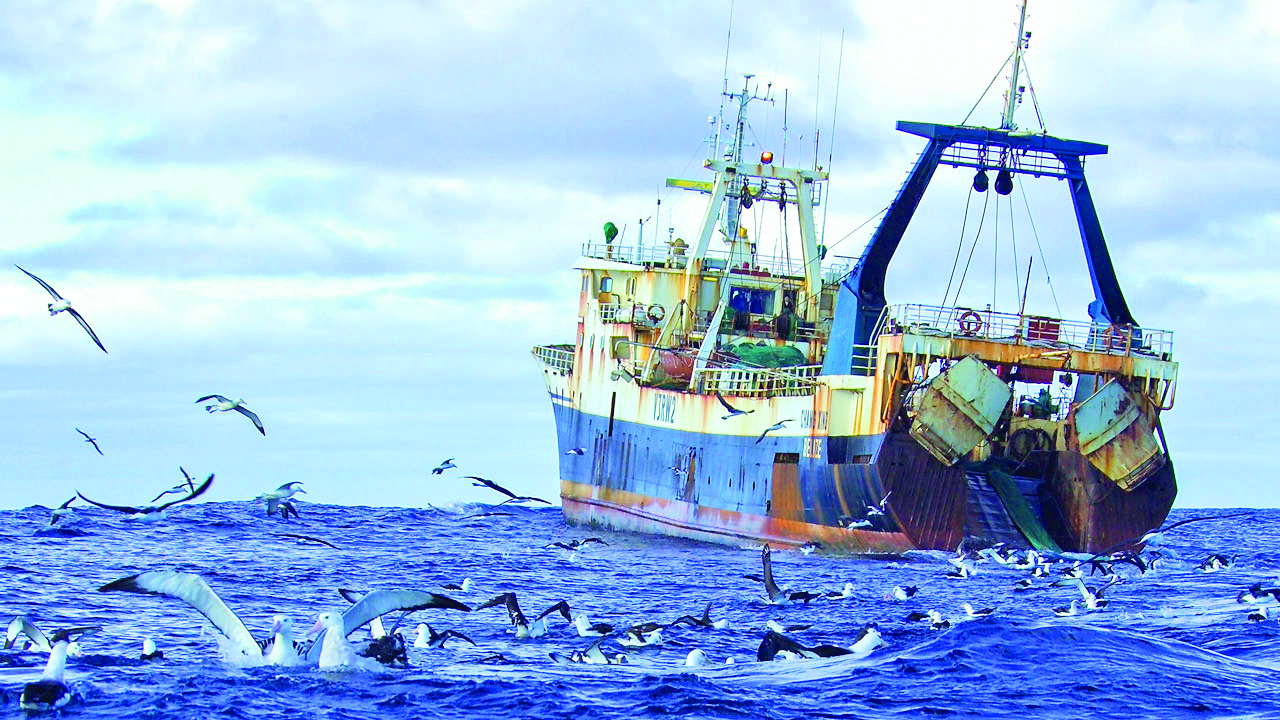
In the month of July, the union cabinet headed by the Hon’ble Prime Minister of India in-principle approved the signing of the Biodiversity Beyond the National Jurisdiction (BBNJ) agreement, which marked a historical step to further strengthen India’s aim for better sustainable development of seas and oceans and to enhance the blue economy prospects of the country.
High Seas Treaty
Biodiversity Beyond National Jurisdiction (BBNJ) agreement is also known as the High seas Treaty and formally called as the Agreement on Conservation and Sustainable Use of Marine Biological Diversity of Areas Beyond National Jurisdiction. Generally, under United Nations Convention of Law of seas (UNCLOS) 1982 the sea can be divided into territorial sea, contiguous zone, continental self, Exclusive economic zone (EEZ) and High seas. Except High Seas, all other zones of the seas either completely or partially fall under the jurisdiction of the costal state which extends up to 200 Nautical miles. The High Seas are the areas outside the jurisdiction of the costal state which is beyond 200 nautical miles and treated as the property of common mankind.
The treaty extends only to the international waters or high seas which is beyond the national jurisdiction of the states, almost constitutes the two third or 64% of the total sea cover. They are shared by all, and everyone has equal rights to use them for overflight, commerce, scientific research, and the installation of infrastructure such as underwater cables.
However, since these are universally owned, the high seas are likewise universally owed. Ocean acidification, overuse of resources, loss of biodiversity, pollution (particularly plastic waste), and numerous other issues plague many of these regions as a result. In order to address these issues, the world countries negotiated for 20 years and finalised the High Seas Treaty.
SALIENT FEATURES OF HIGH SEAS TREATY
The high seas treaty has been hailed and compared to the Paris climate deal 2015 in order to protect and secure the oceans.
The treaty enables the member countries either individually or collective to submit a proposal to establish the Marine Protected Areas (MPA) in the high seas which will be demarcated and protected. This will help to ensure that at least 30% of the ocean is effectively conserved and managed by the collaboration. The fair-equitable sharing of both monetary and non-monetary benefits arising out of the use of marine genetic resources (MGR) has been included in the treaty.
According to the UN more then one third of the marine ecosystem has been over polluted and destroyed. The pact emphasizes how crucial it is to improve institutional capacity as well as national regulatory frameworks and systems, as well as to transfer maritime technology. Increasing cooperation between regional fisheries management organizations and regional seas organizations is one way to achieve this. The global warming has led to increased ocean temperatures, melting of polar ice, increase in sea level. In order to address these pressing issues, the treaty provides guidance and integrated approach to ocean management, which preserves and restores ecosystem integrity, including carbon cycling services, while fostering ecosystem resilience to combat the negative effects of climate change and ocean acidification.
Treaty also focuses on the realisation of the few sustainable development goals like SDG 14 which aims to reduce the marine pollution through scientific approaches. Under the agreement, new operations like geoengineering will be subject to a need to complete Environmental Impact Assessments (EIA’s) for any activities that may have an impact in the high seas. Additionally, states have committed to creating new EIA rules and standards to protect the High Seas.
Ratification and its Implications on India
In September 2023, the BBNJ Agreement was open to signatures after it had been concluded in March 2023. For it to be enforceable, it must be ratified by 60 or more nations. There is then a 120-day window following the 60th ratification for it to come into effect. Eight countries have ratified the pact as of June 2024, out of the 91 that had signed it. Now the Union Cabinet decision to sign and ratify it will give India a wider scope to deal with many maritime issues.
With the ratification, India will be able to take part in the international governance of marine resources and it will help in sustainable management and protection of areas outside its Exclusive Economic Zone (EEZ). Indian government have to amend its domestic laws in order to sync with the provisions of the treaty. Updates to the Maritime Zones of India Act, 1976 and other relevant legislation may be necessary to guarantee adherence to global norms. India may take the lead in the Indian Ocean region and have a stronger voice in global maritime governance by ratifying the treaty. This is in line with India’s larger geopolitical objectives of preserving Indo-Pacific peace and stability. It may also help in technology transfer and sharing between the nations to protect the marine environment.
India has demonstrated its commitment to sustainable development and global environmental care by signing the BBNJ Agreement. India’s ratification of this international pact enhances its strategic standing in the high seas and advances the global endeavour to preserve and responsibly exploit marine biodiversity for the good of humankind as a whole.
Vallimireddy Abhinav Deep Dora is Assistant Professor, Vignan Institute of Law, VFSTR Vadlamudi Guntur.
L Ashish Kumar is Assistant Professor, Gitam School of law, Visakhapatnam.















